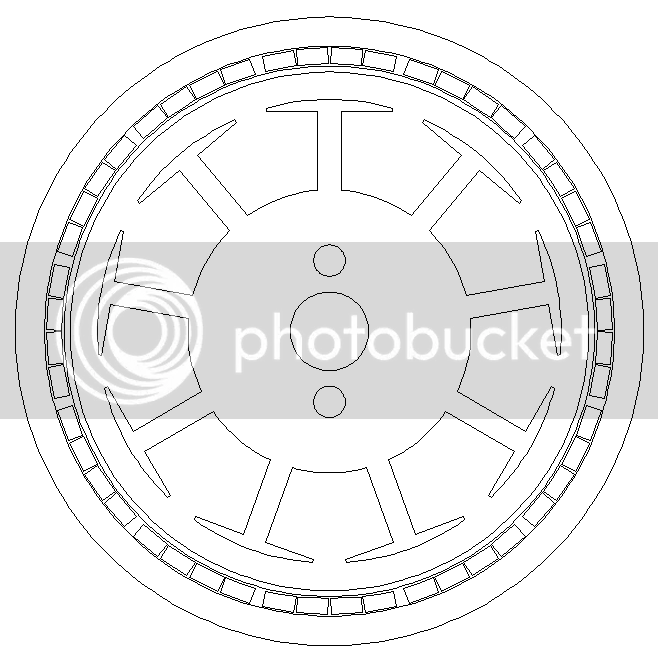Hello all,
I am currently designing a BLDC motor. I need the outrunning rotor to rotate at around 100rpm (although the exact speed is not crucial). So far I have designed and manufactured the stator and rotor, as shown here:

The outer radius of the stator is 30mm and the inner radius of the rotor is 33mm - these are the maximum and minimum dimensions that can be achieved, so there is a large gap between them (~3mm).
From reading about online, I believe that to control a BLDC at low RPM I would need to utilise hall effect sensors to sense the true rotational speed of the rotor? I have looked into sensorless controllers but they look like they're designed for a high RPM, low-torque turn on (like RC planes). I believe I have found a suitable controller here:
http://www.oem.co.uk/Archive/FilesArchive/229263_1_812.pdf
I am just wondering if anyone has any experience/thoughts on this, it would be much appreciated. If you need any more details just ask.
I am currently designing a BLDC motor. I need the outrunning rotor to rotate at around 100rpm (although the exact speed is not crucial). So far I have designed and manufactured the stator and rotor, as shown here:

The outer radius of the stator is 30mm and the inner radius of the rotor is 33mm - these are the maximum and minimum dimensions that can be achieved, so there is a large gap between them (~3mm).
From reading about online, I believe that to control a BLDC at low RPM I would need to utilise hall effect sensors to sense the true rotational speed of the rotor? I have looked into sensorless controllers but they look like they're designed for a high RPM, low-torque turn on (like RC planes). I believe I have found a suitable controller here:
http://www.oem.co.uk/Archive/FilesArchive/229263_1_812.pdf
I am just wondering if anyone has any experience/thoughts on this, it would be much appreciated. If you need any more details just ask.

